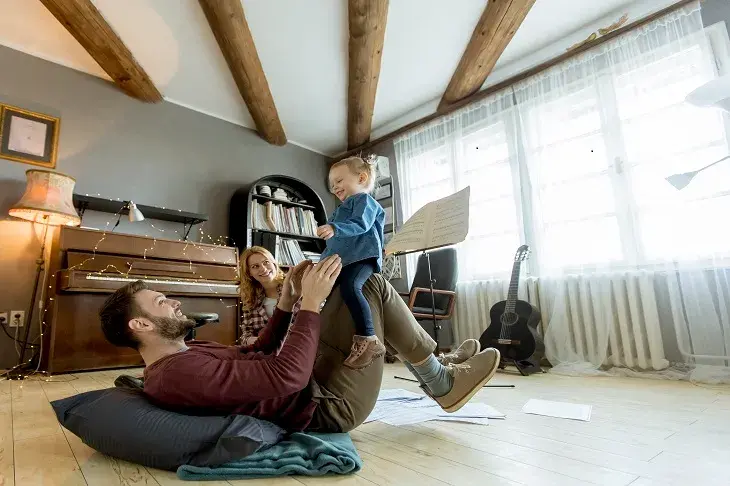21
Feb

One of the insurance policies available for cars is no-fault insurance, in which case policyholders may report an accident to their insurance providers without regard for who is at blame. You will be able to learn further about no-fault vehicle insurance and its workings in the next parts.
The Fundamentals
Within the confines of your policy, your auto insurance carrier will be liable for reimbursing you for damages to your car and injuries regardless of who was at fault in a no-fault kind of state. This is so without reference to the first-hand accident causes. No-fault insurance's justification is that it guarantees speedy means of recovering the expenses of medical bills, money lost from missing work, and any other debt related to the accident.
Under the earlier model, which is prevalent in many nations notably those with sophisticated insurance markets, the motorist at fault—that is, the one whose negligence caused the accident—must pay the other party under their auto insurance. However, the at-fault approach can become tiresome and a cause of conflict and legal disputes among insurance firms trying to ascertain who has responsibility. Once more, the no-fault paradigm does not want it to occur at all.
Regarding the number of claims and other criteria, even the no-fault statutes are not very consistent among different states. Broadly speaking, no-fault auto insurance means that, concerning fault, your insurance carrier pays the costs on a timely basis. Most no-fault states, however, allow drivers to sue other drivers in particular situations related to severe injuries, property damage, or other expenses above no-fault benefits.
States Without Fault Insurance
Florida is one of the states with no-fault legislation but with changes.
Hawaii; Kansas; Kentucky; Massachusetts; Michigan; Hawaii;
Minnesota:
North Dakota; New Jersey; New York; New Jersey
Pennsylvania's Choice No-Fault Law; Utah
Benefits of No-Fault Auto Coverage
Laws on no-fault car insurance provide some important benefits, including:
Faster payment: Without waiting for the fault to be decided, negotiating with the other insurers, or following legal procedures, you can pay your auto repair expenses and hospital bills out from your insurance. This also enables one to avoid circumstances if the other motorist was at fault but lacked insurance or sufficient coverage to cover the expenses.
In theory, no-fault insurance produces fewer claims severity and fewer responsibility conflicts among the companies which could equal reduced rates. Nevertheless, there are always important factors that govern the cost of auto insurance, so the real savings could not be very significant.
Less litigation: The legal system loses jurisdiction over the determination of fault between insurance companies, hence less litigation to compel the at-fault driver to pay. Still, events that result in significant damage can be tried even if losses and damages above no-fault levels are involved.
possible negative effects
Although no-fault auto insurance has benefits, one should be aware of potential drawbacks as well:
Most no-fault states only let you sue a careless motorist in limited conditions including severe injury, further financial loss beyond no-fault settlement, or restitution of pain and suffering.
Structuring where your insurance covers all crash-related expenses regardless of the cause could result in higher total claim costs, or in other terms, premiums. Still, it is important to realize that numerous elements influence rates.
Potential for fraud: Since your insurer has to pay damages for you, some dishonest people may file for fictitious or exaggerated injuries, false or exaggerated treatments, or even inflated car repair prices. Over time, this could help insurance price levels rise generally.
Claims Mechanisms
Generally speaking, in a no-fault insurance state, a claim filed following an accident follows this process: In a no-fault insurance state, here is usually how a claim is handled when one file following an accident:
After an accident and want to claim, the first thing you should do is notify your insurance provider of the incident. Regarding the time of the accident, area, vehicles, boats, people involved, injuries if any, etc., be sure you provide all the specifics.
Depending on the rules in the state, your adjuster will specify what crash-related losses are recoverable under your no-fault policy of insurance. Medical bills, missed income, vehicle repairs, and other out-of-pocket costs could all have deductible amounts.
Make sure to photocopy and email all medical bills, auto estimates, paychecks for any lost wages, and any other form of proof to support the claim of the insured losses to your insurer.
Your insurers will pay you up to the limitations and periods specified in your no-fault insurance and legislation of your state for approved claims. This is irrespective of the person responsible for the mishap. One instance of this would be if one car went off a slick road and collided with another parked alongside it.
Where any damages, injuries, or other losses resulting from an accident exceed the no-fault insurance limits set in your state, pay out-of-pocket for uncovered costs. Regarding significant losses, possible remedies could include a liability claim or litigation against the other driver.
This is a broad concept of what happens, then, when one files and closes a no-fault vehicle insurance claim. See your insurance agent if you have more questions about your coverage.
Lower Your Auto Insurance Costs! Call ???? (888) 666-1005 Today!




